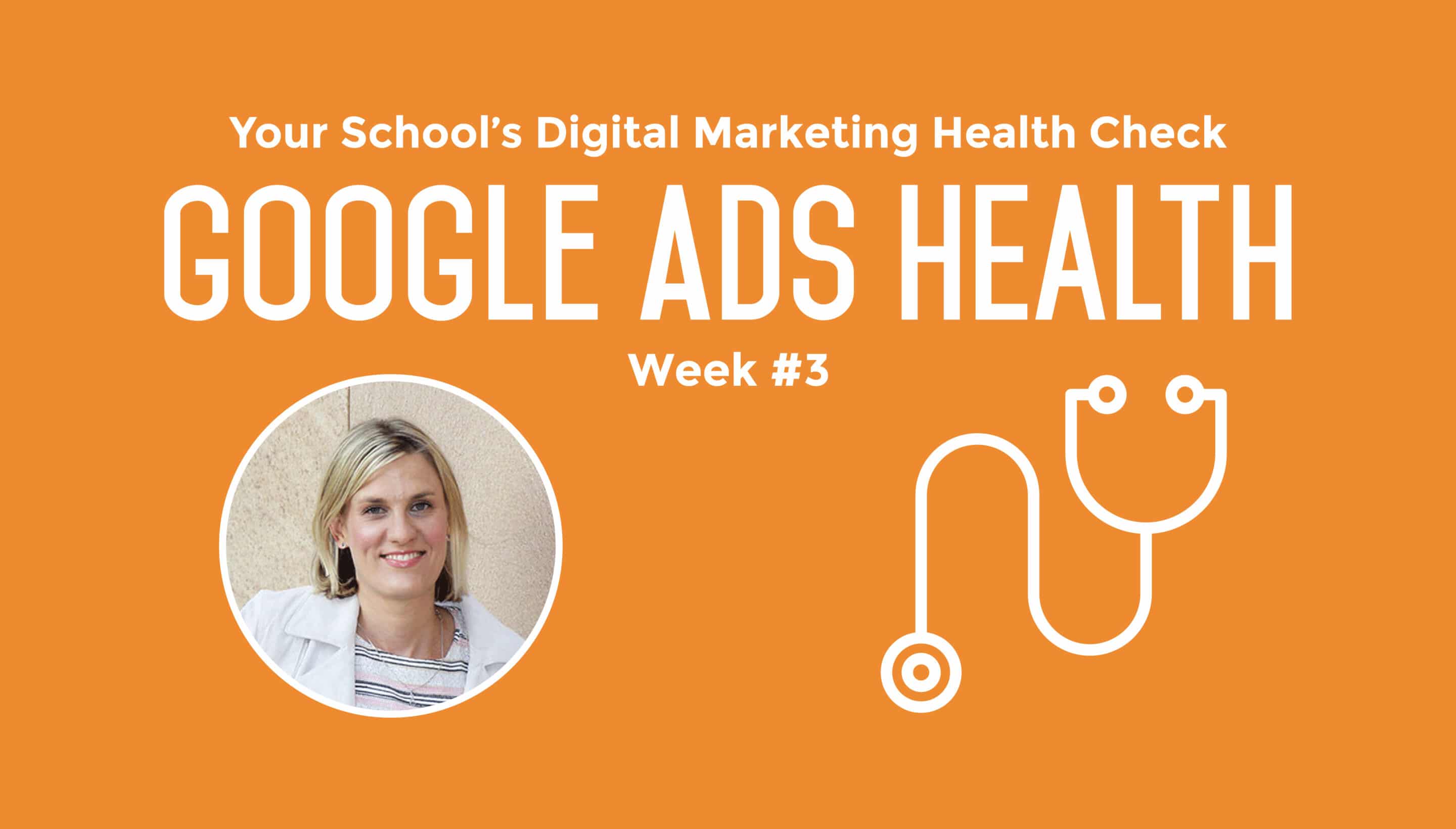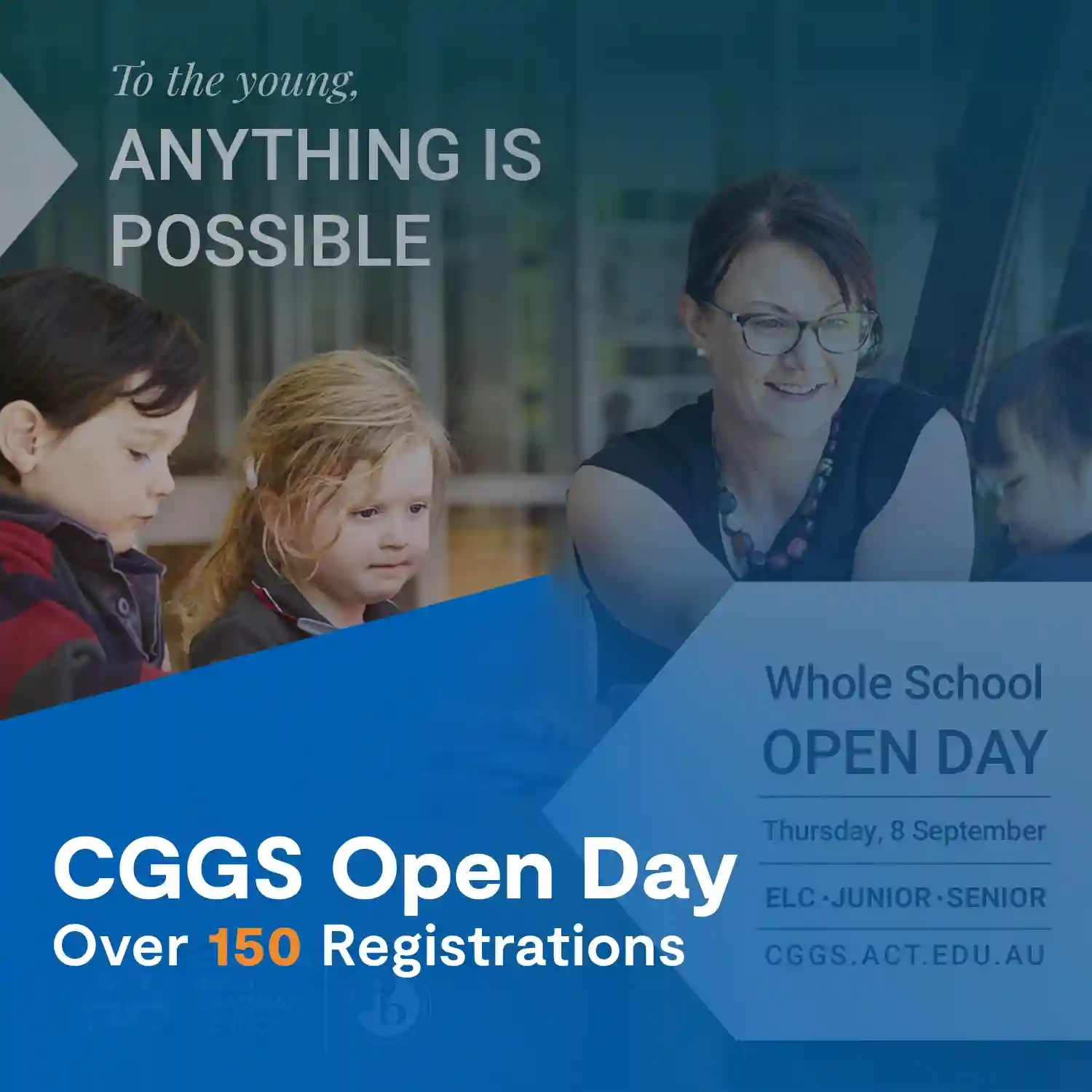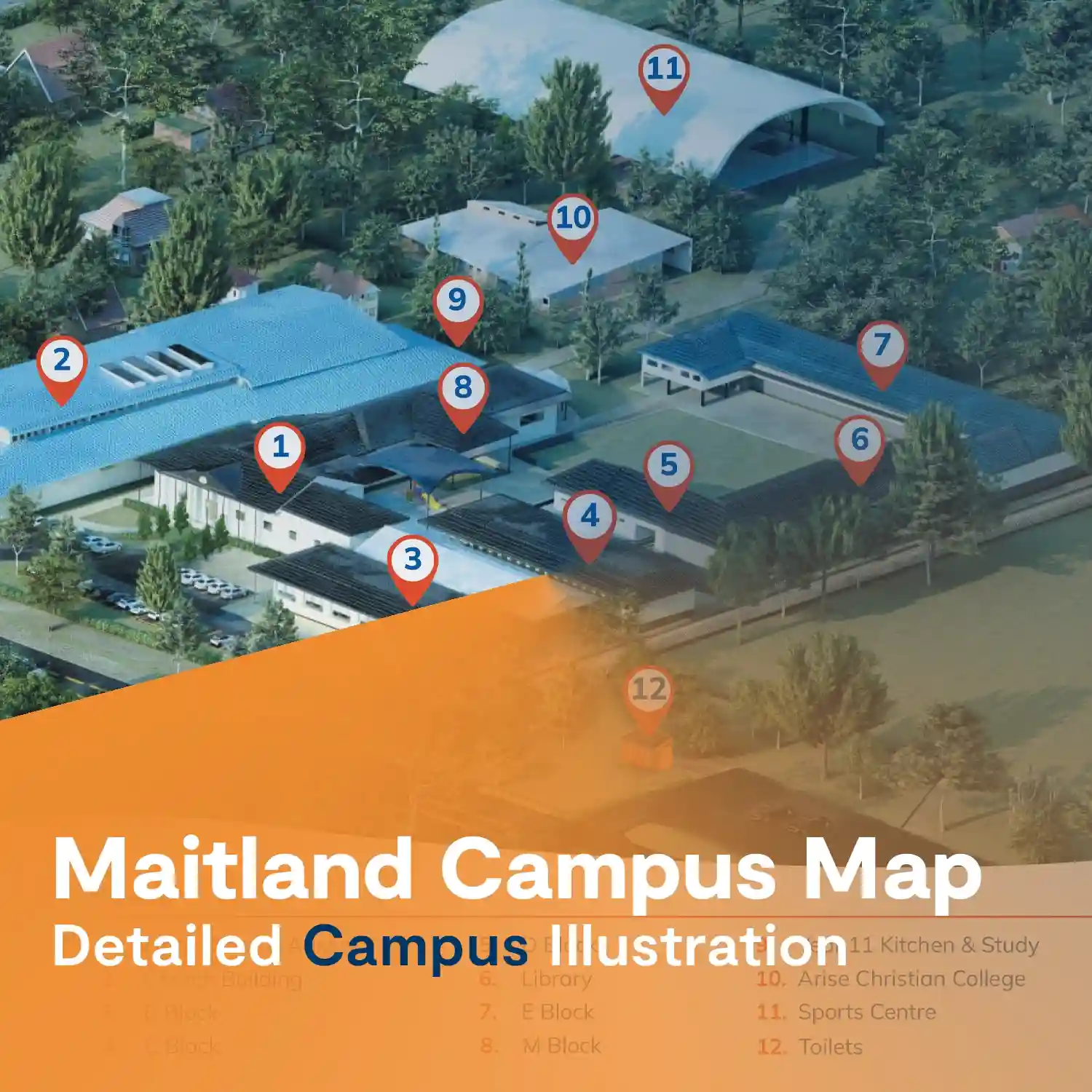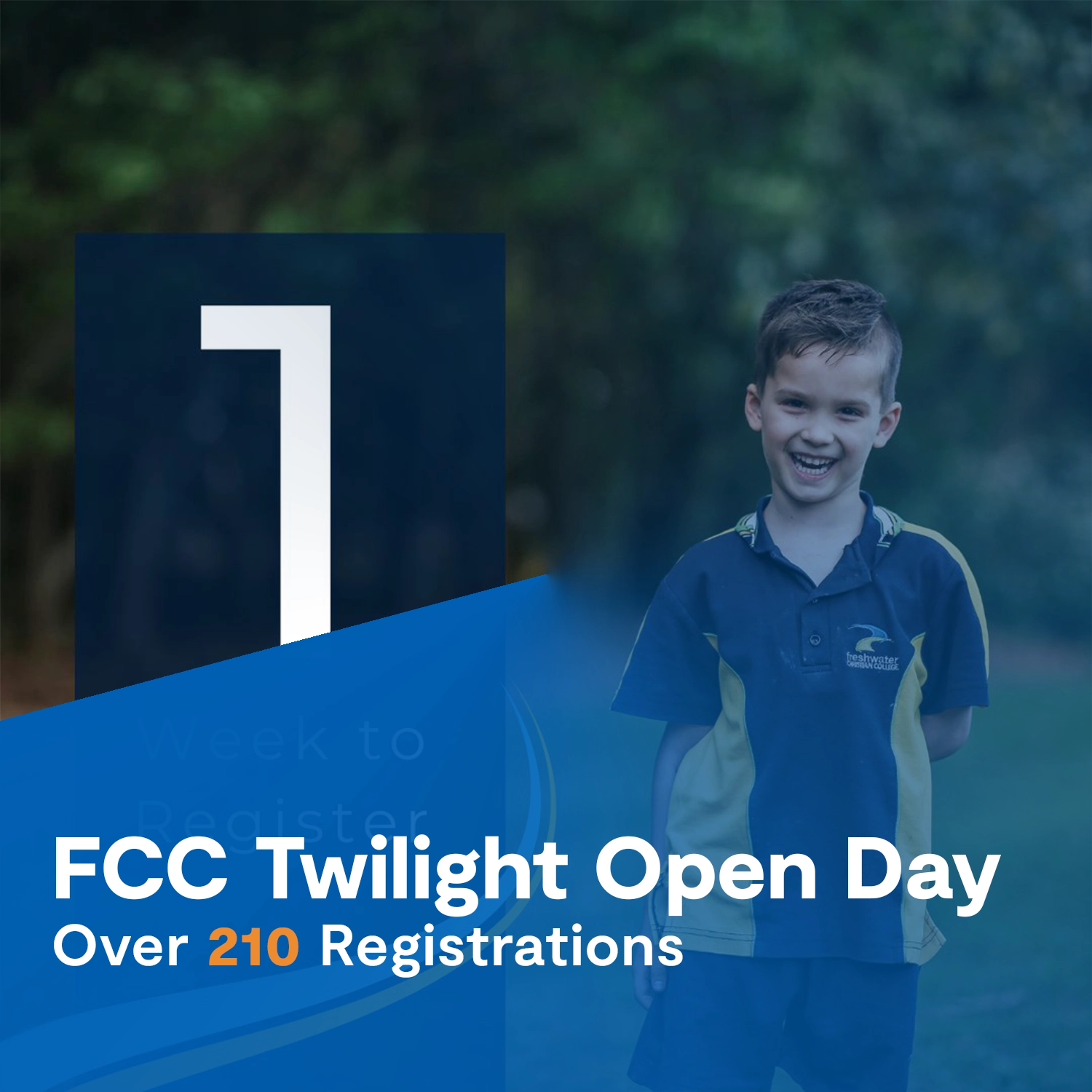Today is the third part of our Digital Marketing Health Check eight-part series and we will be looking at your school’s Google Ads health. Google online advertising is part of our top layer, all the ways that you draw attention to your college and promote your college.
We will be going through our 60 point checklist, remember to score your school as we go. It’s perfect timing if you’re planning for your 2019 marketing strategy, this is basically your to-do list for your digital marketing plan.
You can get the toolkit with the checklist on my website, it’s mararoberts.com.au/access-marketing-schools-toolkit/.
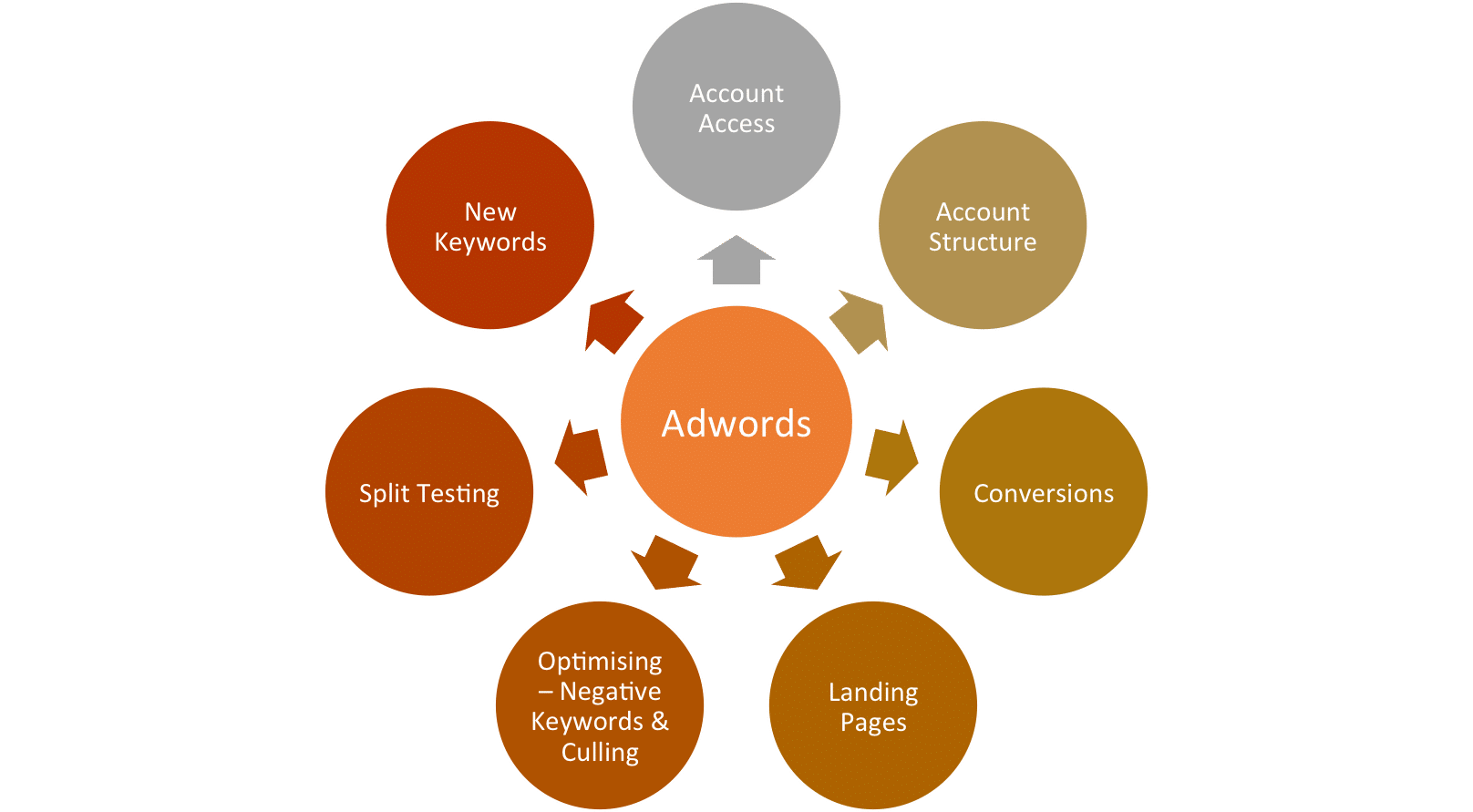
Hello everyone, welcome to week three of the Digital Marketing Health Check for your school. Today we are covering Google Ads, formerly known as Google Adwords. In the first week of our Digital Marketing Health Check, we looked at the health of your school’s website. The second week we covered your Facebook advertising accounts and all the elements you need for success there. And today we are looking at your Google Ads account.
If you haven’t done so already, you can download the 60-point checklist that we are working through here. Each week we ask questions regarding a particular element of your digital marketing. It’s available in the Schools Marketing Toolkit, as well as a whole bunch of resources to help you market your school.
If you haven’t done so already, you can join the group for school marketers, it’s called Marketing Mastery for Schools. Let’s get started on your Google Ads health check.
Account Access
The first thing that we’re going to look at when it comes to your Google Ads account is, do you have access to any of the campaigns that are running? I mentioned this point with your Facebook advertising and it’s something that I see again with your Google Ads account, is that when some agencies set up their advertising for you on your behalf, they actually are setting it up under their own account instead of creating ads under your account. So make sure that you have full access and that ads are being created under your account. This is good for accountability, you can actually see how much you are being charged per click and not relying on the agencies reporting, and also it helps you to build a history within your account and if you ever have to stop advertising with them then you won’t lose all of that hard work and foundational work that you’ve actually paid for.
Account Structure
The first thing that you need for a successful Google Ads account is to have a really tight net account structure. Make sure that your agency is setting up keywords within similar categories. For example, if you have a desire to advertise for prep enrollments, make sure that all the keywords have the word “prep” in them and are then kind of categorised and bucketed into an ad set for prep enrollments. So we’re not going to have one ad set that’s going for prep enrollments, one that’s going for secondary enrollments, one that’s looking at kindy and things like that. You want to kind of structure all the related keywords together. And you can segment according to interest, so things like prep enrollments, or you can segment according to geographical areas that you want to target. It all depends on the results that you want to achieve.
Conversions
The next thing that you’ll need for a successful Google Ads campaign is to have your account actually measuring conversions. It’s similar to the way Facebook measures conversions, except Google Ads groups all your conversions into one bucket and it measures all ads to see if they get any conversions. One thing to note about conversions from Google Ads versus conversions from Facebook is Google search ads are targeted towards people that are looking to take action now. So someone is looking for a prep school to enrol their child in, they click on your ad, you should see a conversion from them. You do pay a high cost per click in Google Ads, but the intent is a lot higher in terms of the traffic that you’ll get from Google advertising.
Landing Pages
The next thing that you need is a great landing page. And the landing page should follow that same account structure. For example, with your ad set for prep enrollments, you would then create a specific landing page for that ad set that mentions the keyword “prep enrollments” and has a photo of prep students. Customise your landing page exactly for that ad set. What Google is looking for here is that continuous flow of intent. Your keywords have the word “prep” in them, your ad copy has the word “prep” in it, and then your landing page also has “prep students” and uses the “prep” keyword. If you have that consistency then your account will be set up correctly. As you can see, there’s quite a lot of work involved. If you have five or six ad-sets for your school there’s quite a lot of work involved in terms of creating landing pages specific to the copy that you are writing.
Optimisation – Negative Keywords & Culling
Once your account is neatly set up, you will need to have someone go into your account on a weekly basis and optimise your account for the best results. The way to do that is to remove keywords that are not working for you. You can see the search terms that people searched and how they found your ad and remove any keywords from your campaign that aren’t generating results. You’ll also need to go and look at the ads that are being shown a lot and maybe even generating a lot of clicks but aren’t actually creating any conversions and you would need to remove those, create new ones, and optimise your account on an ongoing basis.
Split Testing
The next thing that you need for a successful Google Ads account is to set up split testing. The same concept as we have with Facebook, you’ll want to have at least two ads per ad set. Another distinction that we need to make when it comes to Google online advertising is that you’ll also want to run separate ads for mobile and desktop. That way you can compare how mobile is performing versus desktop. Things that will influence that are the mobile-friendliness of your website and things like that. If you see you are getting much better results on desktop you could switch off mobile advertising or vice versa.
New Keywords
Now, if you keep your account very clean and structured you will soon notice that you start culling keywords and ad sets that aren’t working for you, so your campaign will get more and more precise but it’ll also get more and more narrow. We need to keep that volume up, so we want to be continuously adding new keywords and new ideas to our campaign so we can keep refining our results but then also growing and trying new things in our Google Ads account. Google Ads thrives when you are consistently updating and tweaking your campaigns.
Conclusion
Google advertising is quite labour-intensive, there’s a steep learning curve, but there is a lot of opportunity for schools marketers when it comes to Google Ads because it’s considered to be a non-competitive niche when compared to other service offerings. Schools are getting low cost-per-clicks and those clicks, as I’ve mentioned before, show really high intent for enrollment.
If you have the checklist, make sure that you go through each of the questions that I’ve asked for your Google Ads account. You should have about a 20% conversion rate on your landing pages, you should have a landing page for each keyword. Work through those questions and make a to-do list for your Google Ads campaign. Thanks for tuning in, I’ll see you next week for part 4 of the Digital Marketing Health Check for your school.
[et_bloom_inline optin_id=”optin_8″]

